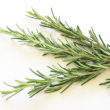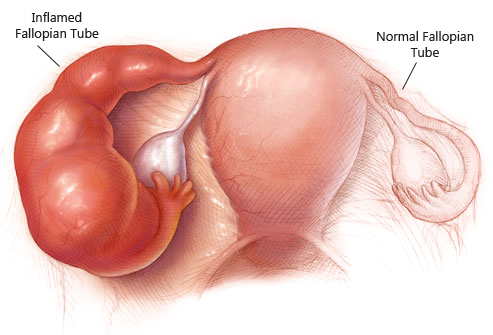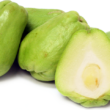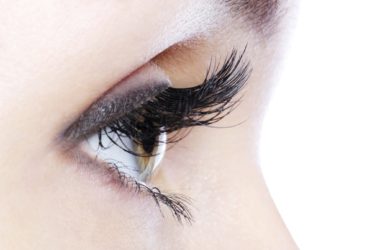Simply put, pelvic inflammatory disease or PID is an infection of a woman’s reproductive organs, all of which are situated in the pelvis in the lower abdomen. It is usually the complication of a sexually transmitted infection or STI such as chlamydia and gonorrhea, especially if left untreated. However, other causes of infections may also result in PID.
According to the Centers for Disease Control and Prevention or CDC, 1 in 8 women who have had pelvic inflammatory disease may find it challenging to get pregnant. Even more so, the condition can be a life-threatening one if the infection gets to the bloodstream.
The good news is reducing your risk of ending up with pelvic inflammatory disease is fairly easy. In addition, PID can be treated most especially if it’s diagnosed very early on. The bad news is even when the condition is put under control, undoing the damage it has done to a woman’s reproductive system is no longer possible.
Below are some of the things that every woman should know about this very serious form of infection. Read on to get your self acquainted with the symptoms, risk factors, preventive measures and treatment options.
Symptoms of Pelvic Inflammatory Disease
It’s possible for you to already have the infection but not know about it due to the absence of symptoms, or due to the fact that they are so mild. In case your PID comes with symptoms, the following are some of those that may be encountered:
• Pain in the abdomen, especially in the lower part which is the most common symptom
• Burning sensation during urinate+on
• Pain during sexual intercourse, sometimes accompanied by bleeding
• Irregular bleeding, or unusual bleeding in between periods
• Increased vaginal discharge, usually with a foul odor
• Fatigue
As mentioned before, the symptoms encountered, if present, are usually very mild. Women who are experiencing severe symptoms may also have vomiting, fainting spells and high fever.
Pelvic Inflammatory Disease Risk Factors
Experts say that your risk of ending up with PID is very high if you have an STI such as chlamydia and gonorrhea. However, it’s important for every woman to take note that having the condition is still possible even without being infected with an STI because other forms of infection may cause it as well.
Some other factors that can cause PID are:
• Being sexually active.
• Being 25 years of age or below
• Having numerous sex partners
• Engaging in sex with someone who has multiple sex partners
• Being diagnosed with PID in the past
• Douching
• Using intrauterine device or UID as a birth control method
Preventive Measures
In order to ward off pelvic inflammatory disease, you should keep yourself from having an STI such as chlamydia and gonorrhea. Such can be attained by avoiding vaginal, anal and even oral sex. Also, it is a good idea for you to avoid douching in order to prevent the introduction of bacteria into the vagina. You should also remember to wipe from front to back after using the toilet.
Someone who is sexually active may lower her chances of having PID by practicing safe sex, in particular by using latex condoms in the correct manner. Being tested for STIs is also a wise move. Definitely, you should engage in sex only with a long-term partner who has been tested for STIs and obtained a negative result.
Treatment for Pelvic Inflammatory Disease
Just like what’s said earlier, PID is highly treatable if it’s detected by a doctor just as the infection is starting. However, any damage to a woman’s reproductive organs caused by it may no longer be reversible.
Since a doctor may not have an exact idea as to which bacteria is the culprit behind the infection, he or she may prescribe different antibiotics to ensure that the bacteria causing PID is targeted. In rare instances, surgery may be warranted. This is especially true is abscess situated in the pelvis has ruptured or it seems like it’s going to rupture.












